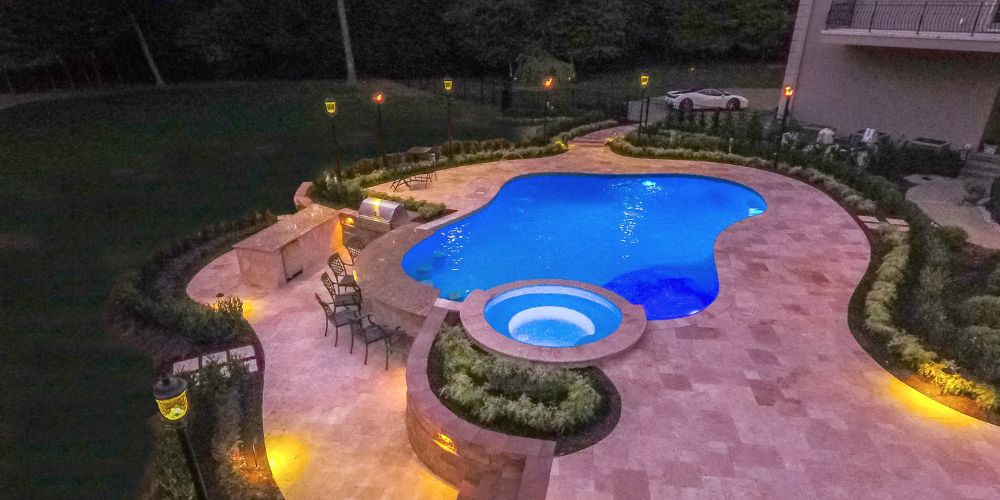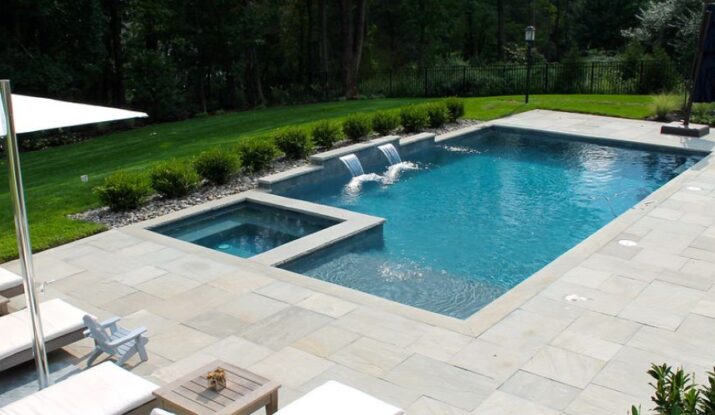How to Reduce Your Pool’s Energy Usage
Pool ownership has its benefits, but monthly cost related to energy and water usage adds up quickly. Any swimming pool that is actively running and well-maintained will bring higher bills with it. But that is not the only damage. The environment is paying even a higher price. This is because pool pumps tend to be only second to the air conditioners’ energy usage. Below are a few examples that if followed, should be of great help in reducing your energy costs.
Here are the 5 effective ways to reduce a pool’s energy usage
Use An Energy-Efficient Pool Pump
It is simple – a larger pump equals greater pumping, and that equals increased maintenance costs. Using the smallest pump applicable for the pool’s size is the first step. Next, reducing the hours the pump operates will also cut down on used energy. Six hours of filtration is enough for you to have clean water. But based on its usage, try with a smaller number, and if needed, just increase the time length.
Running your pump all at once is another practice that needs to be given up. Start by using several shorter pumping cycles. This will not only reduce energy consumption but will also keep the pool cleaner and more balanced as well. Overall, finding a variable-speed pump that can be programmed will be the best investment option.
Invest In A Pool Cover
The best option for reducing the energy consumption of pool usage is renewable energy. However, it is understandable that not everyone can utilize this option. If that is the case, pool solar blankets tend to be a solid and effective compromise.
First, having a pool cover will help you fight evaporation and will reduce the debris that collects in the pool. However, the solar blanket will also help with heating the water, therefore extending your swimming season. By some calculations, the solar blanket will save you 50-70% of the overall pool heating costs.
Lower Your Pool’s Temperature

This is a bit tricky for some people. The idea is to maintain a comfortable pool temperature without overheating the water. Even one degree higher (after the level of comfort), can add 10-30% extra to the heating bill. And even in the situation where you must have the pool heated to 80+ degrees, try to maintain this temperature at peak swimming times, after which you will slowly lower the heat.
Now, a high-efficiency heater will be another nice move, as their efficiency goes up to 90%. With it, you can have substantial energy savings. Just find out the right energy-efficient heater size for your pool and make the chances sooner than later.
Maintain Your Pool’s Filter And Cleaning System
When it comes to the filters, larger is better. With a bigger surface area, the pump is working less hard for filtrating the same amount of water. This automatically lowers its energy consumption, the pump can last longer, and all that saves you money.
Cyclonic pre-filter, which represents a two-stage filtration system, can be another suitable option. With no electrical components or moving parts, the debris is cleared from the pool through cyclone water, which as an outcome saves a huge amount of water.
And like with everything, you need to clean the filtration system for everything to work correctly. If you try to follow the maintenance plans pool builders and installers tend to offer, you can end up with a clean and functional filtration system, which in return will create a calm and enjoyable swimming experience.
Upgrade to Energy-Efficient Lighting

Something you might have never thought about are the pool lights. Little by little, they too add up to the overall energy consumption. LED lights, with longer lifespans and decreased energy consumption, need less than 50w power (vs 3000 of the regular ones). As they can be used for up to 30,0000h, their replacement is lowered, and the house costs are decreased. And if all this is not enough, the possibility of for decrease in the energy expenses with the LED lights can go up to 90%.
Conclusion
As you can see, many options can be followed for you to create the energy-efficient pool you love. As many of the above tips can be combined, the energy efficiency upon installment should rise significantly. And even if you practice a certain approach, don’t stick blindly to it. Keep your mind and eyes open and don’t take unchecked assumptions that if you use one trick, the other will not work. When the next opportunity arises, dive securely into it, and enjoy the further expansion of the benefits of the pool’s energy reduction.

